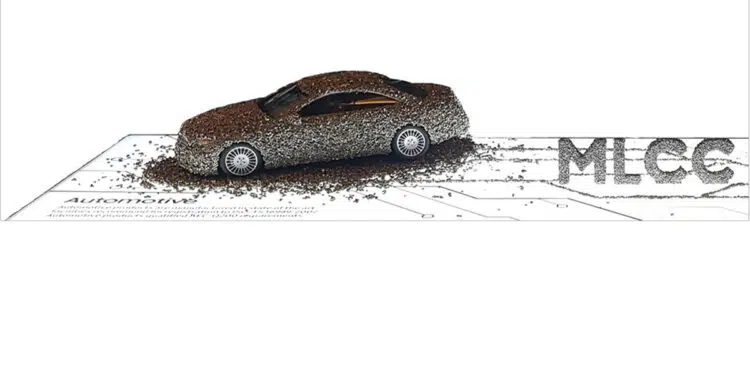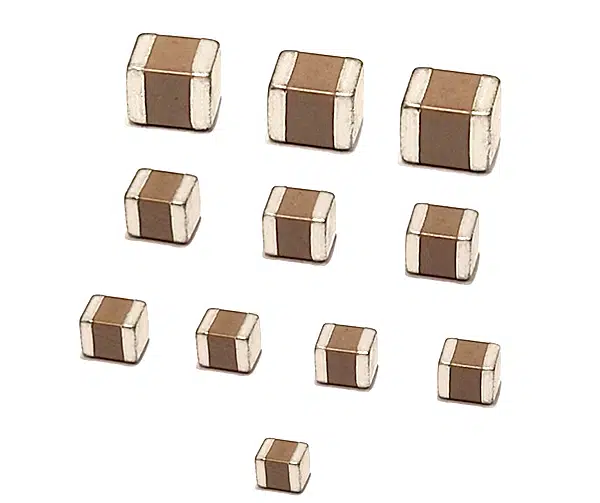Samsung Electro-Mechanics develops 13 types of MLCC ceramic capacitors for automotive powertrains application.
Samsung Electro-Mechanics has developed high-temperature MLCCs that can be applied to automotive powertrains in a move to target the automotive market.
Samsung Electro-Mechanics announced that it has developed 13 types of automotive high-temperature MLCCs with guaranteed use in a 150℃ environment with plans to supply them to global auto parts manufacturers. High-reliability automotive MLCCs with guaranteed use at 150℃ have been produced only by some overseas companies, but with this development, Samsung Electro-Mechanics will step up its efforts to expand its market share by increasing its product competitiveness with an extended lineup of automotive components.
The new products come in various sizes and capacitance, ranging from the 3225 size that is 3.2mm wide and 2.5mm long with a high-capacitance of 22uF to the smaller 1608 size with 220nF. (▲3225 size 22uF, 4.7uF, 2.2uF(3 types), ▲3216 10uF, 2.2uF, 1uF, ▲2012 10uF, 4.7uF, 2.2uF, 1uF, 470nF, 220nF, ▲1608 220nF).
The powertrain requires high reliability for internal components as the internal operating temperature can rise up to 150°C due to high power consumption and heat generation from powering the core driving system of a vehicle, such as the engine of an internal combustion engine (ICE) or the motor of an electric vehicle (EV).
In an environment above the guaranteed temperature, MLCCs tend to lose their capacitance to store energy. In general, 85℃ for IT devices and 125℃ for electric equipment are guaranteed but a 150℃ guarantee is required for the powertrain.
The newly developed high-temperature MLCCs are capable of normal operation without reduced capacitance even in an extreme environment of 150℃. Due to technical complexities involving raw material development and construction technology, this type of product is currently produced only by a small number of overseas companies.
“Automotive products used in extreme environments are more difficult to develop than products for IT devices, and among them, powertrain applications are the most difficult” said Kim Dooyoung, head of the Component Solution Unit, Samsung Electro-Mechanics. “Samsung Electro-Mechanics will further expand our presence in the automotive MLCC market by using differentiated materials and manufacturing techniques, such as in-house development of dielectric material.”
The electrification of automobiles has fueled the demand for small-size, high-performance, and high-reliability MLCCs. The automotive MLCC market is projected to grow at a CAGR of 9% in line with the efficient fuel consumption of ICE vehicles and EVs and the increasing number of sensors and electronic control units (ECUs) for motor control.
Samsung Electro-Mechanics is bolstering its lineup of high-value-added automotive products with high-temperature, high-voltage, and high-reliability characteristics based on its technological edge in the ultra-compact and ultra-high-capacity MLCC sector, and expanding the supply of MLCCs to global auto parts manufacturers and car makers.

































